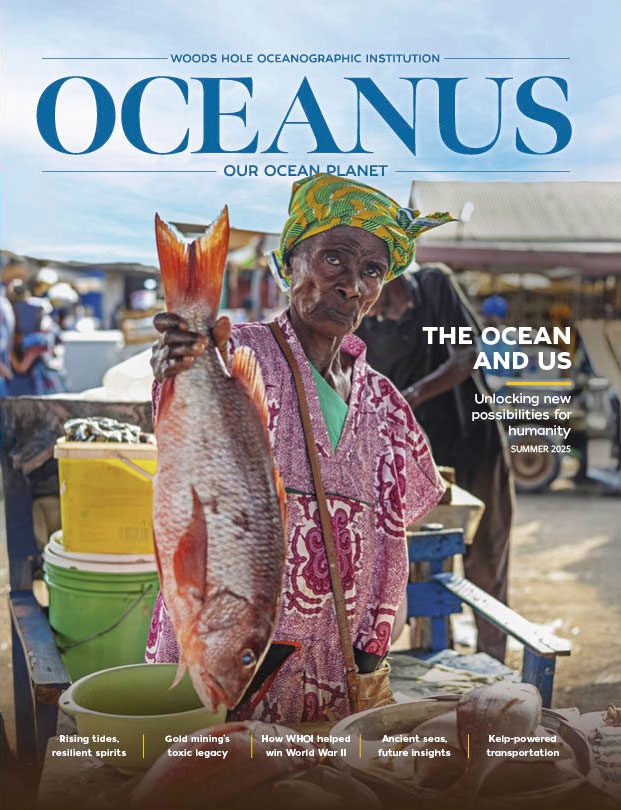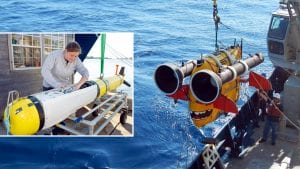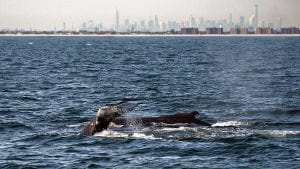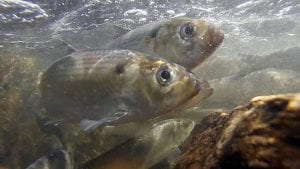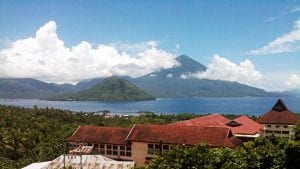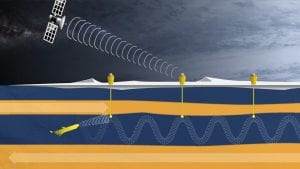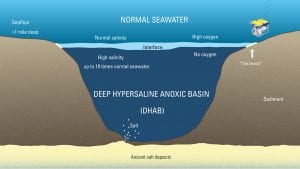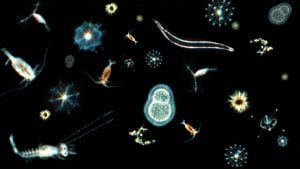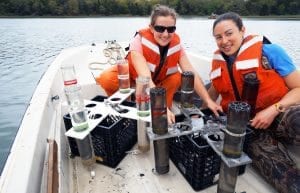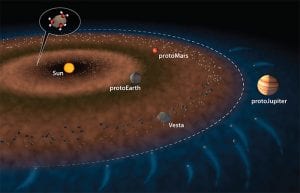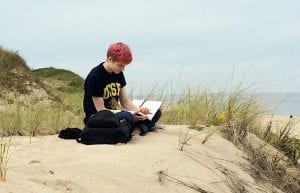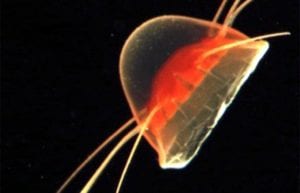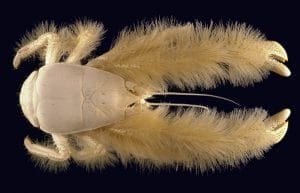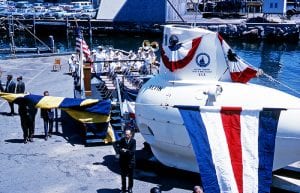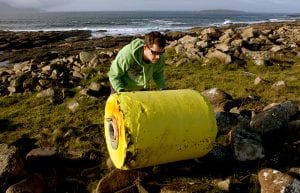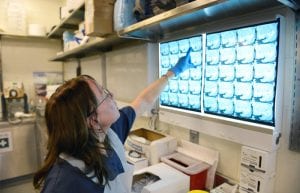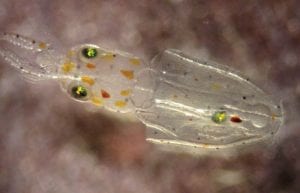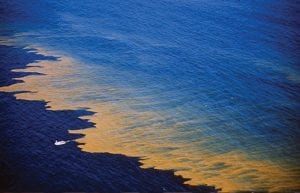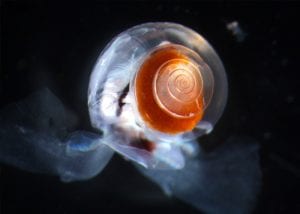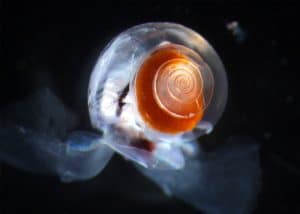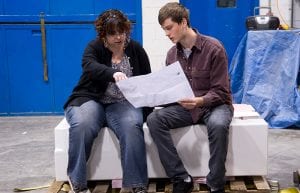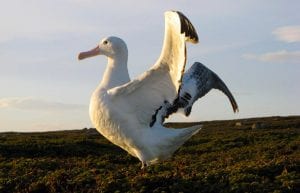Kate Madin
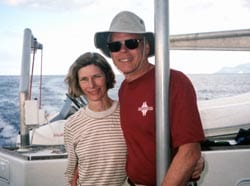
I was born in California near San Francisco Bay, and childhood summers included fishing in Washington rivers, digging clams on Oregon beaches, and camping from the California redwoods to the Olympic rainforest. Living close to nature and being the daughter of a chemistry teacher, I inclined toward science. At the University of California, Davis, I met my future husband knee-deep in mudflats diging for marine invertebrates. After a year in Bimini on a science-on-a-shoestring expedition to study open-ocean zooplankton, we returned to Davis, moved eastward to WHOI, and I commuted cross-country for a PhD at UCD. I feel very fortunate to have been able to raise a family, stay close to science through writing and education outreach, and work with wonderful, interesting people every day.
